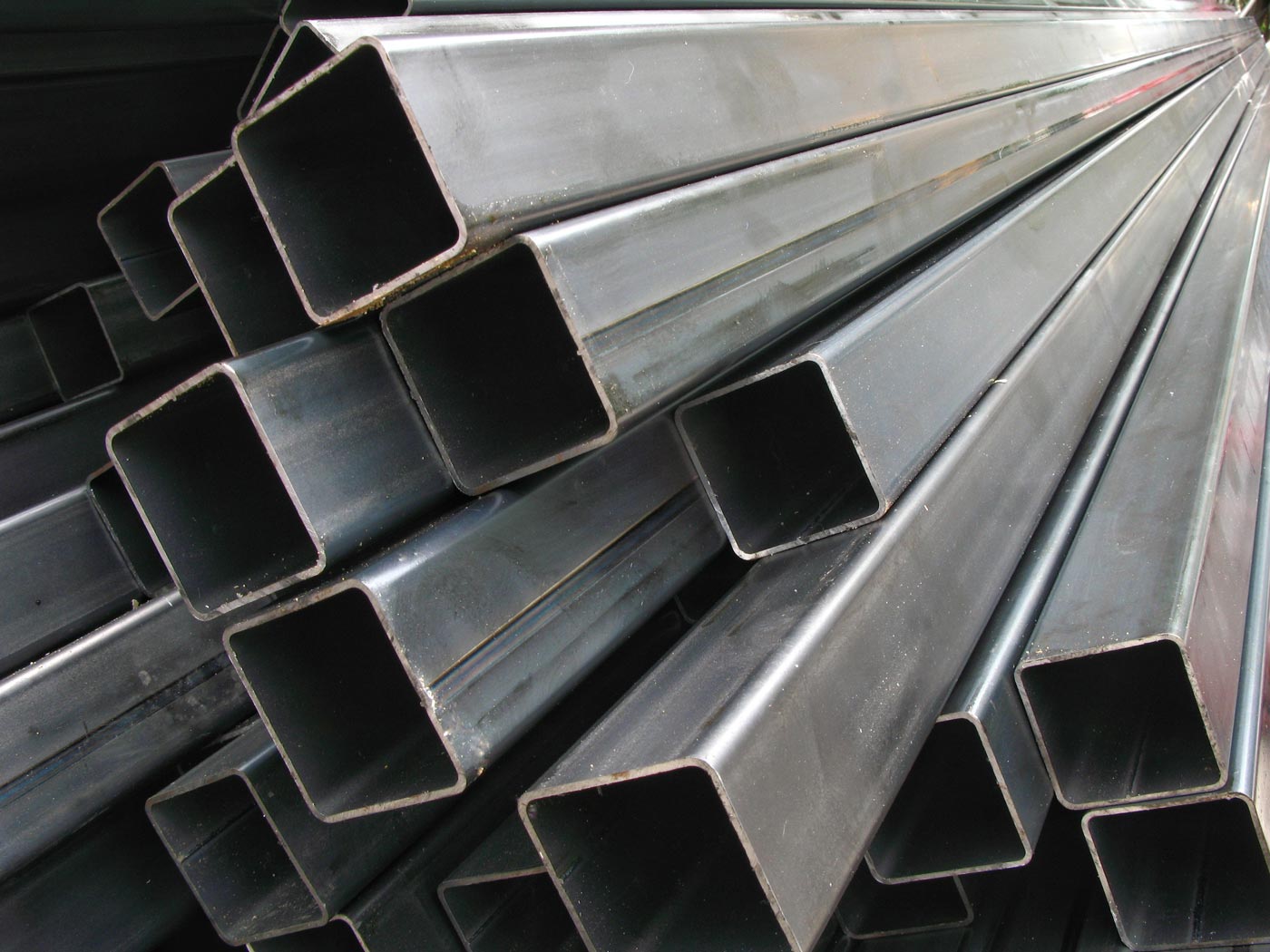304 stainless steel is the most versatile and widely used stainless steel. Also sometimes referred to as 18/8 stainless steel, it is derived from Type 304 with a nominal composition of 18% chromium and 8% nickel.
304 stainless steel is austenitic stainless steel with high stretchability. This property helps 304 stainless steel dominate in applications such as sinks and saucepans.
304L stainless steel is a low carbon version of 304 stainless steel. It is used on heavy components to improve solderability. Some products such as plates and tubes are available as dual certified materials to 304 and 304L standards. 304H stainless steel is a high carbon content variant that can be used at high temperatures.
In terms of material applications, 304 stainless steel is commonly used in: sinks and splashbacks, pots, cutlery and cutlery, architectural paneling, sanitary ware and sinks, plumbing, breweries, dairy, food and pharmaceutical production equipment, springs, nuts, bolts and screws.
304 has excellent corrosion resistance in many environments and in contact with different corrosive media. Pitting and crevice corrosion can occur in chloride-containing environments. Stress corrosion cracking can occur above 60°C.
304 has good oxidation resistance at intermittent operating temperatures up to 870°C and continuous operation up to 925°C. However, if corrosion resistance in water is required, continuous use at 425-860°C is not recommended. In this case, 304L is recommended as it resists carbide precipitation.

When high strength is required at temperatures above 500°C and up to 800°C, grade 304H is recommended. This material will maintain aqueous corrosion resistance
All stainless steel is manufactured using only tools designed for use with stainless steel materials. Tool surfaces and work surfaces must be thoroughly cleaned before use. These precautions are necessary to avoid cross-contamination of stainless steel with easily corroded metals that can discolor the surface of the finished product.
304 stainless steel is easy to work harden. Manufacturing methods involving cold working may require an intermediate annealing stage to mitigate work hardening and avoid tearing or cracking. At the completion of fabrication, a full annealing operation should be employed to reduce internal stress and optimize corrosion resistance.
Manufacturing methods, such as forging, involve hot working and should be carried out after uniform heating to 1149-1260°C. The fabricated part should then be rapidly cooled to ensure maximum corrosion resistance.
304 has good machinability. Machining can be enhanced by using the following rules: The cutting edge must remain sharp. Rough edges can lead to excessive work hardening. The cut should be light but deep enough to prevent work hardening riding on the surface of the material. A shredder should be used to help ensure chips stay clean. The low thermal conductivity of austenitic alloys causes heat to concentrate at the cutting edge. This means that coolants and lubricants are required and must be used in large quantities.
304 stainless steel cannot be hardened by heat treatment. Solution treatment or annealing can be accomplished by rapid cooling after heating to 1010-1120°C.
Fusion weldability of Type 304 stainless steel is excellent with and without fillers. The recommended filler rod and electrode for stainless steel 304 is grade 308 stainless steel. For 304L, the recommended filler is 308L. Heavy welded sections may require post weld annealing. The 304L does not require this step. If post-weld heat treatment is not possible, grade 321 may be used.